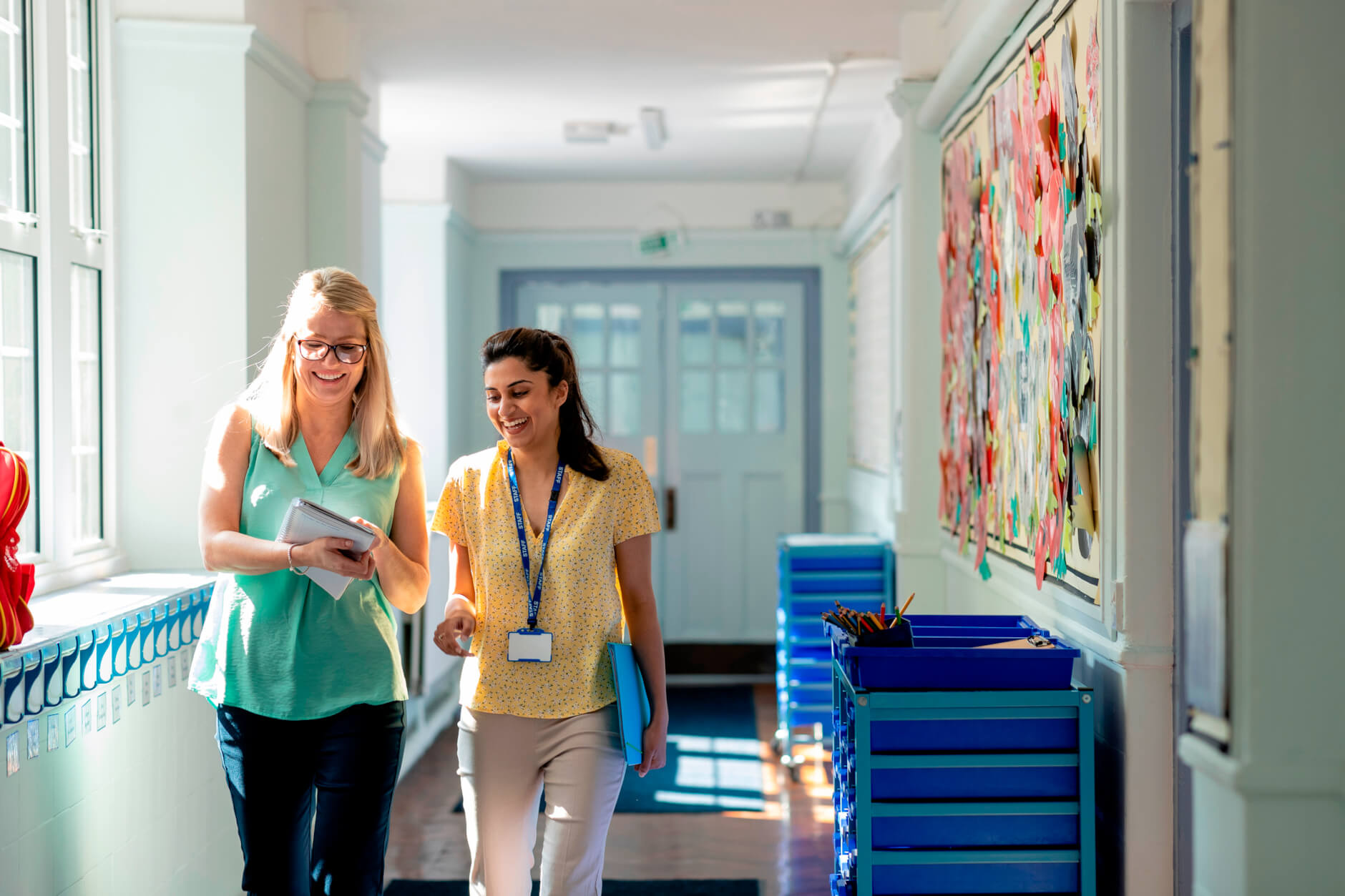How to conduct Health & Safety Walks in Schools and Academies

Ongoing regular health and safety walks are an essential element to ensuring that the measures already in place are effective, are being adhered to and all risks have been, and continue to be, minimised to a satisfactory level. In this article Sam Preston provides some tips to making the process effective.
Health and safety walks are an effective way to ensure practice standards are being maintained and to inform both governance and planning. However, they need to be conducted correctly in order for them to be useful. So, here are my top tips:
Make Health and Safety walks a team effort:
Health and Safety walks are best conducted by a team of people whose roles will bring different perspectives. For example:
- The designated governor / trustee for health and safety will focus on risk to the organisation as a whole;
- The Site Manager will be more practical, from a daily functionality of site management perspective;
- A member of staff will offer insight into implications and impact on learning activities and staff facilities.
Schedule Health and Safety walks carefully throughout the academic year:
Conducting one annual walk will not give an accurate picture. It's always a good idea to schedule a walk:
- A few weeks into the start of an academic year as you will have new employees and children on site;
- On completion of any construction;
- Midway through the academic year to ensure compliance fatigue hasn't set in and that standards are being maintained.
Develop and use a health and safety checklist to ensure that your process is consistent and thorough:
This checklist should focus on monitoring the overarching themes of:
-
Movement – around classrooms, other internal areas and any stand-alone units such as portacabins and external learning buildings / areas e.g. forest school buildings / areas. This mainly, but not exclusively, focuses on monitoring health and safety measures associated with slips, trips and falls to include:
- Identifying any risks associated with changes in floor levels such as ramps, stairs and different floor coverings. It is particularly important to assess the integrity of ramps at entrances / exits to stand alone units and if handrails are fitted if they are in good working order;
- Monitoring the integrity of existing floor coverings, including mats, to check they are in good condition and appropriate for purpose;
- Ensuring gangways are kept clear, particularly in cloakrooms, entrances and exit areas;
- Ensuring that lighting levels are appropriate and maintained, especially in entrances and exit areas;
- Assessing if electrical cables are secured and not trailing wherever possible.
- Working at height – This not only covers general site safety such as ladder, platform and anchoring use, but includes looking at practical elements such as storage and how staff safely access items stored above shoulder height.
- Furniture and fixtures – are they fit for purpose and in good working order?
- Manual handling – which includes checking that equipment is accessible and regularly maintained, that individual care plans are in place and are working well in practice;
- Computers & associated equipment – checking that it is installed correctly and do not present any hazards. The assessors should also check that Health and Safety Display Screen and Equipment (DSE) requirements are met. Employers must protect workers from the health risks of working with equipment such as PCs, laptops, tablets and smartphones. The Regulations apply to workers who use DSE daily, for continuous periods of an hour or more;
- Electrical equipment and services – checking fixed switches, sockets and cables are in good repair and that portable equipment PAT (Portable Appliance Tested) is evident;
- Fire – checking that fire doors are unobstructed and secured with opening from indoors; Doors are not propped open with door wedges; Fire-fighting equipment is in place and in date; Evacuation maps are displayed in all areas; Drills have been conducted & reviewed, including measures for those with personal emergency egress plans.
- Workplace ventilation – which includes opportunity for natural ventilation, protection from glare / heat and temperature control;
- Asbestos – if the building contains asbestos the assessors should check that all adults working in that space are aware and have guidance on any activity that may present risk. For example hanging and displaying work from walls and ceilings.
In addition to all the areas I've highlighted, assessors should also be vigilant and record any issues not covered by the checklist. Any issues discovered on the walk should be recorded to include any immediate action taken to minimise risk and recommendations for any further action. The assessors should also examine if there is an effective reporting system in place for staff to notify the site team of any defects / concerns.
Finally, encourage input from staff and children throughout your walk whilst minimising disruption. A Health and Safety walk is designed to get a snapshot of how, on that one day, things work in practice. Remember you're not trying to catch people out but promote an environment where all staff can see the benefit.
SSS Learning Safeguarding Director









